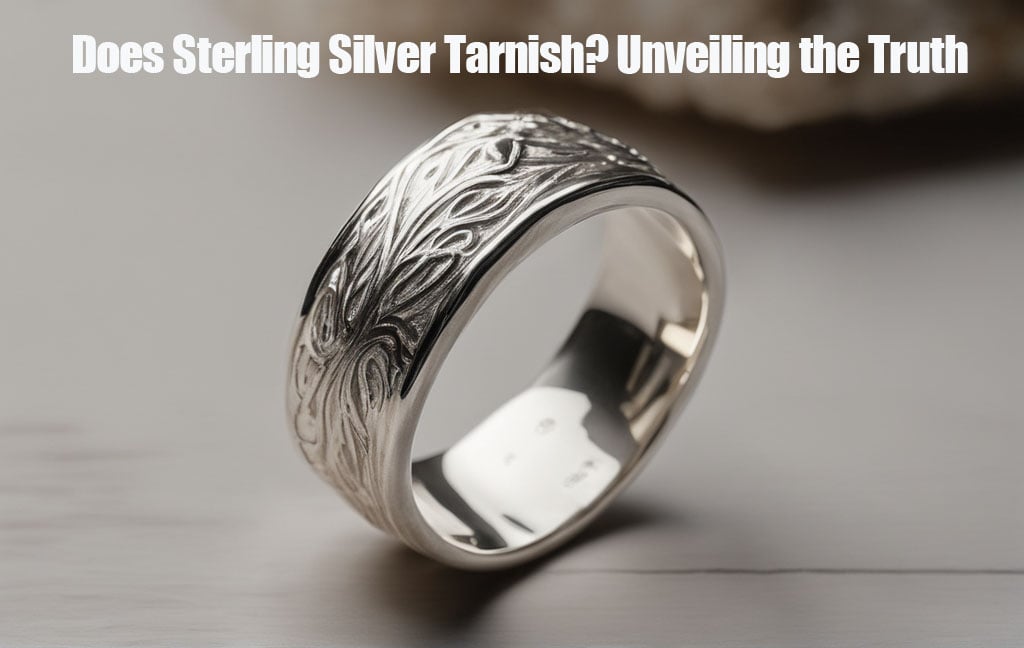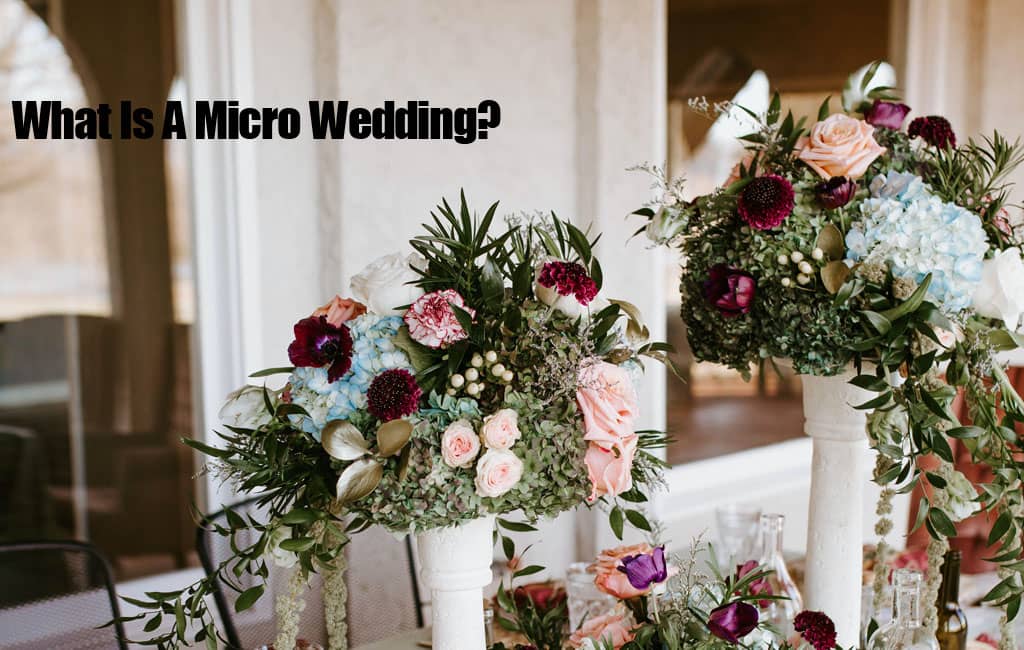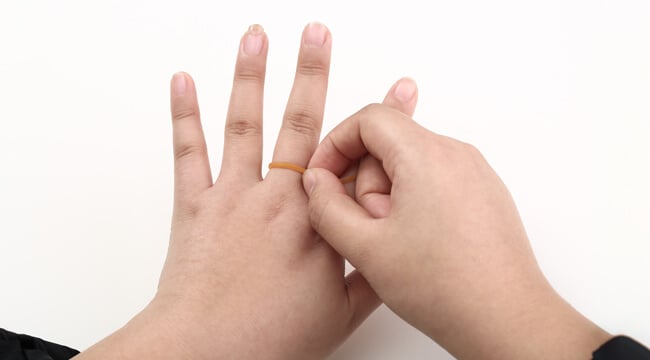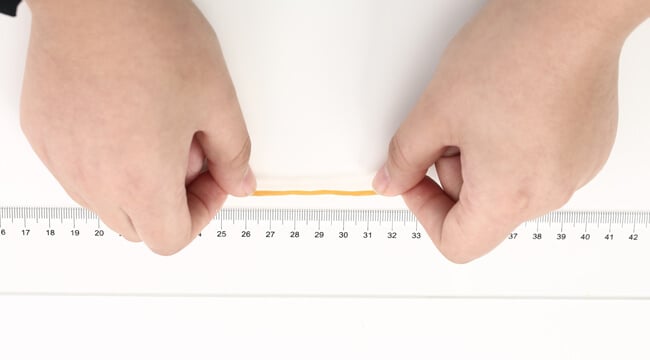When delving into the world of jewelry, sterling silver occupies a cherished and noteworthy position in the hearts of countless individuals. Famed for its remarkable luster and adaptable nature, it invokes the inquiry—does sterling silver tarnish? The answer, straightforwardly, is affirmative. However, with appropriate care and precaution, tarnishing can be successfully averted.
What Is Sterling Silver Tarnish?
Tarnish on sterling silver is a manifestation of corrosion that predominantly affects items crafted from this material. Comprising 92.5% silver and a mere 7.5% of other metals, typically copper, sterling silver is an alloy celebrated for its versatility and resilience.
Tarnish manifests through a chemical reaction between the silver component and sulfur-laden substances present in the environment, culminating in the formation of silver sulfide on the object’s surface. This substance, typically appearing as a black, grey, or occasionally yellowish layer, represents the tarnish that many seek to avoid.
Moreover, the tarnish developing on sterling silver inherently contains traces of copper sulfide due to the alloy’s composition.
How Long Does It Take for Sterling Silver to Tarnish?
The timeline for sterling silver tarnishing is not set in stone, as it significantly hinges on the extent of the item’s exposure to air and atmospheric elements. The natural oils present on human skin can potentially accelerate the oxidation process, thereby affecting the rate of tarnish formation.
Under regulated conditions, sterling silver might retain its pristine condition for years before showing signs of tarnish. Conversely, if worn incessantly without the implementation of preventative measures, tarnishing signs could emerge in just a few months.
How To Prevent Tarnish?
To combat tarnish, numerous sterling silver jewelry pieces are adorned with a layer of rhodium plating, which acts as a protective barrier against tarnishing and corrosion. While not a foolproof solution, this layer significantly retards the tarnishing process. Regardless of whether your sterling silver is rhodium-plated, there exist alternative strategies to hinder tarnish progression and maintain the item’s aesthetic appeal. A few favored strategies encompass:
Water Interaction: While water doesn’t inherently damage sterling silver, it can expedite tarnishing. It is prudent to remove jewelry during activities involving water contact, such as showering, handwashing, or dishwashing. Post-washing, diligently drying the silver item with a soft cloth is advisable to eliminate residual moisture.
Chemical Exposure: Chemicals present in perfumes or bodily sweat can hasten tarnishing. It is wise to adorn jewelry post-perfume application and to remove it prior to engaging in physical exercise.
Storage Precautions: Shielding silver from air and humidity during storage is essential. Wrapping items in tarnish-resistant cloth and securing them in sealed bags is recommended.
How To Remove Tarnish?
If your silver stuff has some tarnish, there are a few ways to clean it, depending on how bad it is.
Mild Soap Wash: Combine warm water with a few drops of mild dishwashing soap in a cup. Submerge the sterling silver item and gently hand wash to eradicate tarnish. Employ a cotton swab for tight corners and a baby toothbrush for stubborn tarnish. Post-cleaning, thoroughly dry the item before secure storage.
Baking Soda Paste: Concoct a paste using baking soda and water. Gently rub the tarnished areas, rinse thoroughly, and dry completely.
Commercial Cleaners: For severely tarnished pieces, specialized sterling silver cleaners are available. Adhering to the manufacturer’s guidelines is imperative.
Professional Cleaning: Antique or intricately designed items may benefit from professional cleaning services to circumvent potential damage.
Conclusion
While sterling silver—renowned for its enduring allure and adaptability—does succumb to tarnish due to its alloy composition and environmental interactions, this issue is not insurmountable. Through the adoption of preventative tactics and the application of effective cleaning methodologies, the splendor of sterling silver can be safeguarded and admired for many generations to come. Arm yourself with knowledge, as being well-informed about sterling silver care is pivotal in sustaining its charm and intrinsic value.






